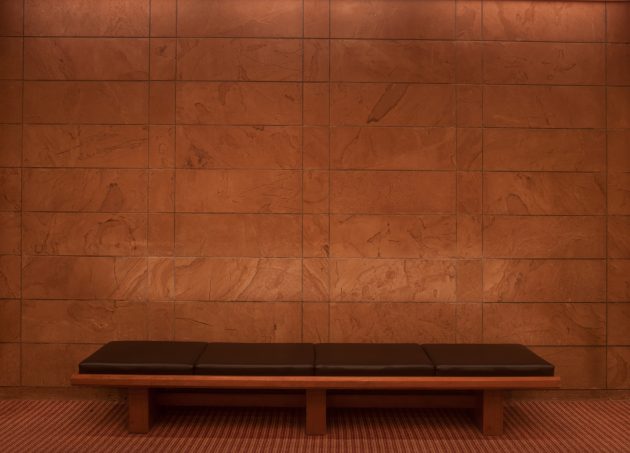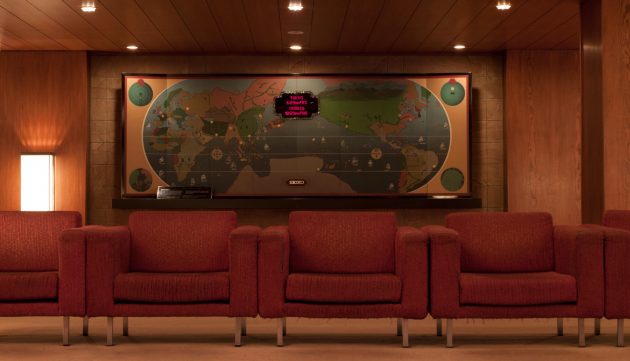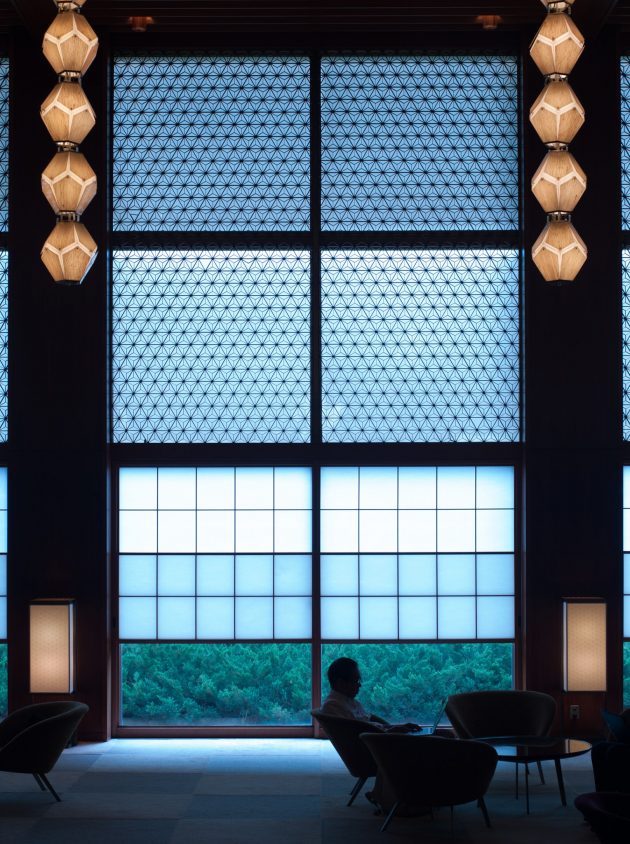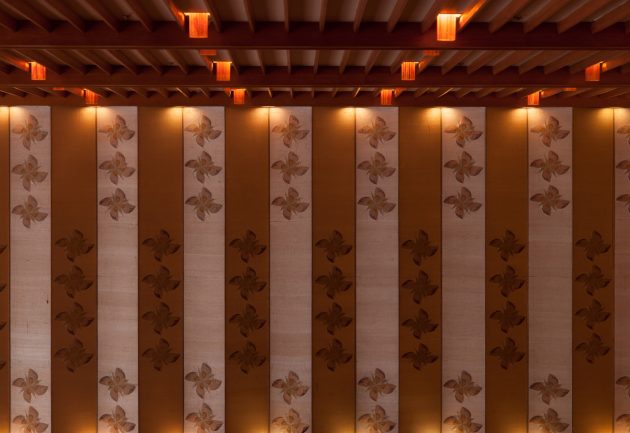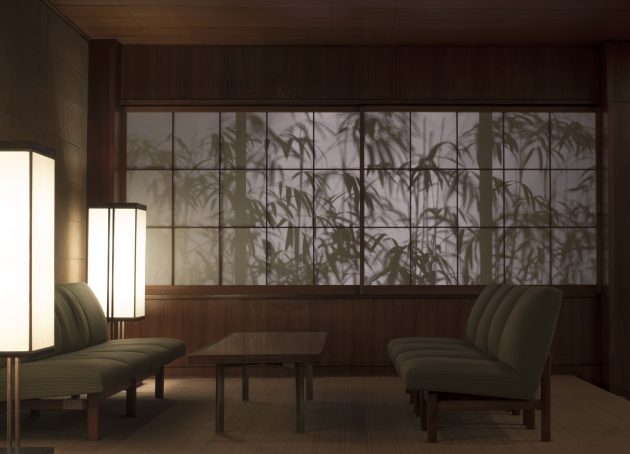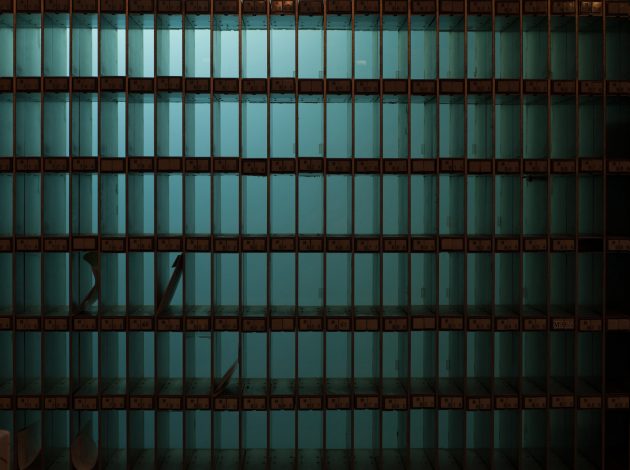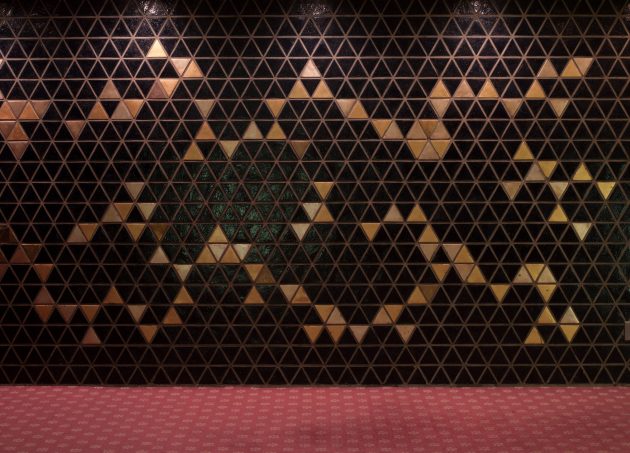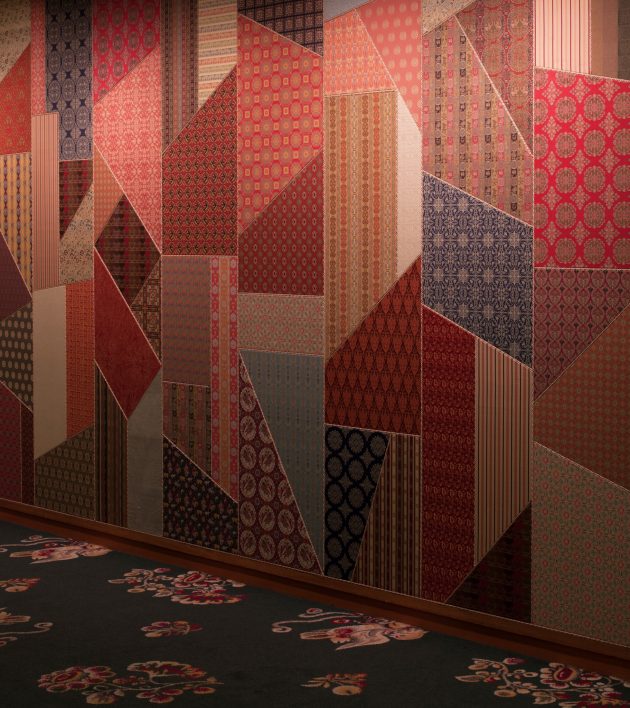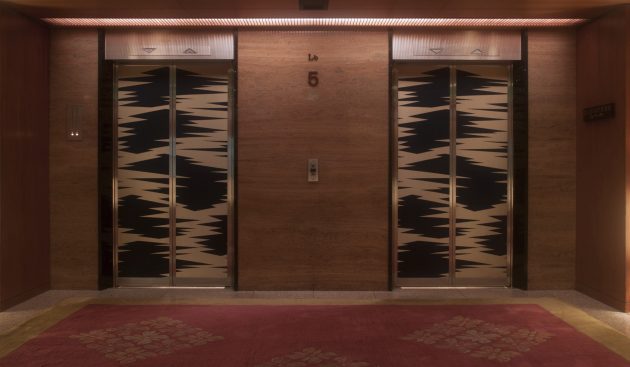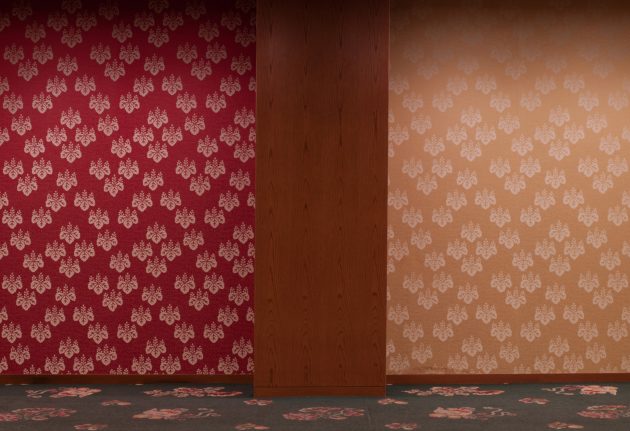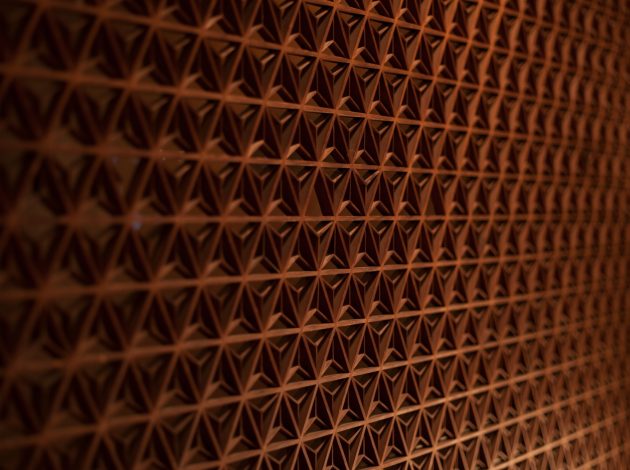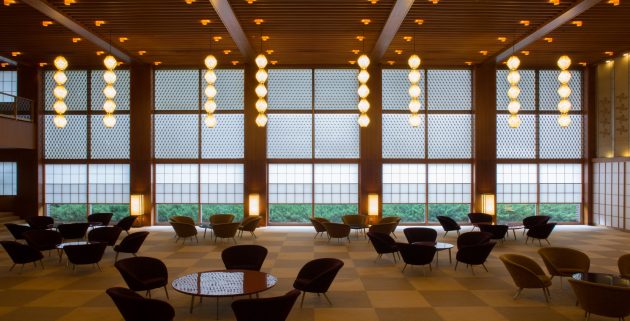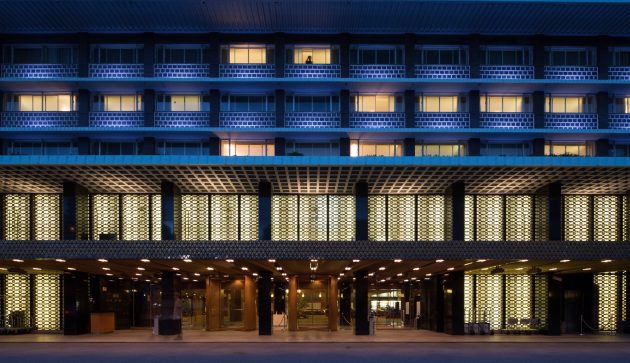Checking out: The Final Days of Hotel Okura
The announcement that the Hotel Okura was slated for demolition in the summer of 2015 reverberated around the world, and was duly met with harsh criticism. Architects, designers and historians, not to mention the hotel’s former patrons — including heads of state, world-class actors and fashion house moguls — lamented that the Okura’s unique sensibility could never be replicated. Many fear that the ‘renewal,’ which comes in advance of the 2020 Tokyo Olympics, marks the beginning of a misguided campaign to make way for glitzier, modern establishments to accommodate foreign spectators at the expense of the capital’s invaluable heritage sites.
Photographer Russel Wong jumped at the chance to capture the Hotel during its last days of operation.
“Hotel Okura has been very close to my heart in many ways. Its embodiment of 60s modernism, and culmination of the finest craftsmanship of the day are just some of the reasons I love it. The last portrait I have of my mum and dad too was shot in the gardens just outside the coffee house.
I had stayed at the Okura several times whilst on jobs. The musicians I work with would also end up at the Okura when in Tokyo. I love the quiet elegance of the place, and of course the lobby, which to me is a masterpiece. There is also a corner to the left of the lobby with a single sofa and shoji screen with a silhouette of bamboo by Tomimoto Kenkichi. I would sit there whilst waiting for shoots to begin late at night, just people-watch and unwind.
When I received word that the hotel was going to be demolished, I made arrangements through a good friend to help me get in to shoot. With their kind assistance I was able to photograph over five days. The staff, whose sense of loss was evident, guided me through the interior and those details that define the hotel as a landmark. The hotel closed just two days after the final frame was shot. I feel privileged to have been there.”
The construction of new main wing of the Hotel Okura is being headed by the son of its original architect, Taniguchi Yoshiro, and is due for completion in late 2019.

Author
Russel Wong
Author's Bio
Singapore-born Russel is one of the most well-known names working in photography today. His big break came as a 19 year-old student in Oregon, equipped only with “a $20 flash and a roll of Kodachrome.” Capturing the likes of Sebastian Coe and Carl Lewis among other sporting stars for the Nike brand, Russel’s career soon lead him into the world of fashion and eventually to Hollywood. More recently he has been working the sets of Chinese blockbusters, such as Lee Ang’s “Crouching Tiger, Hidden Dragon” and Zhang Yimou’s “Hero” and “House of Flying Daggers.”
Russel is a keen Japanophile, with two upcoming books on the secretive lives of the geisha community in Kyoto, and the work of Pritzker-prize winning architect Tange Kenzo.
Credits
Purchase the Issue Here:


